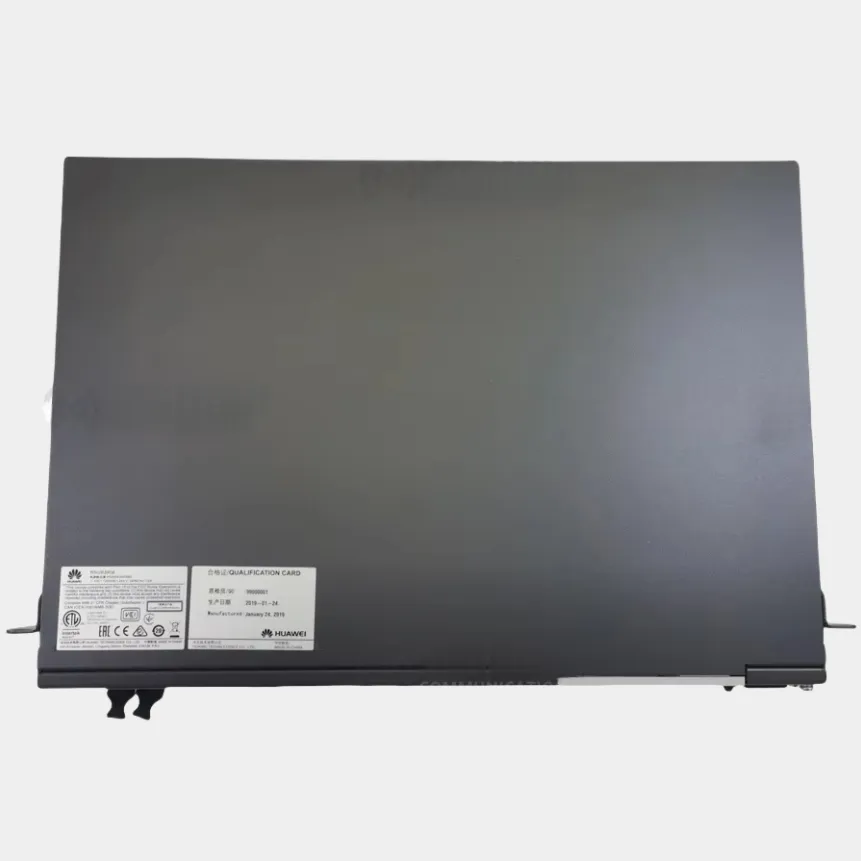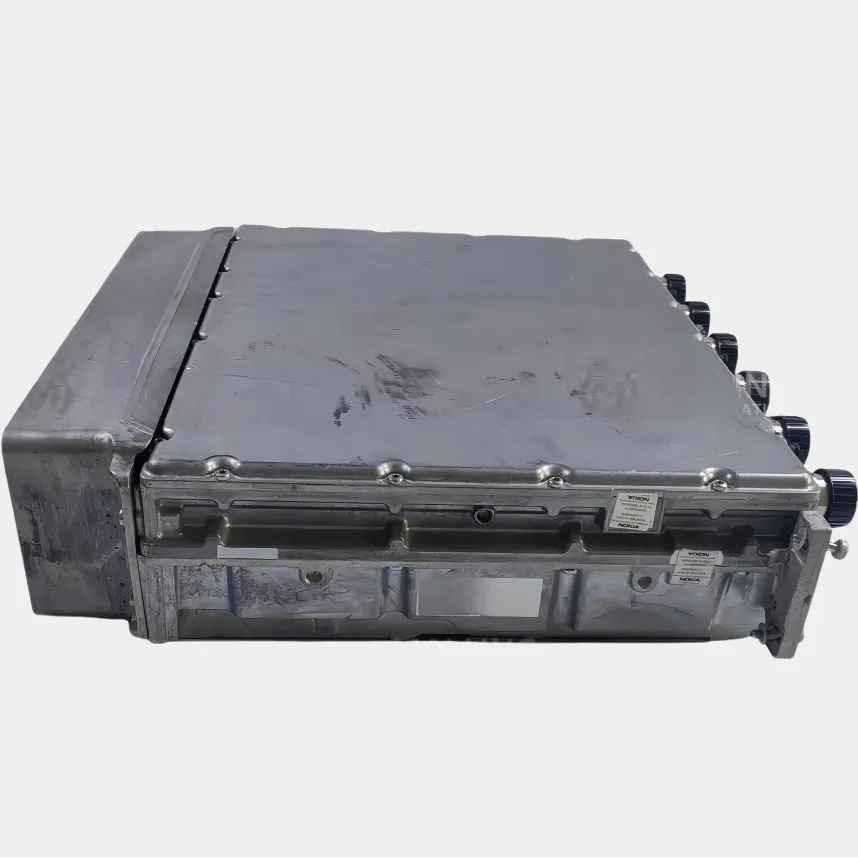Nunha rede de comunicación móbil, BTS describe o esquema de interconexión para Estacións Transceptoras Base. Nos sistemas máis antigos, cada BTS conectase a un controlador de estación base (BSC) que controla varias BTSs, xestiona as transferencias de conexión móbiles entre transceptores e supervisa a asignación de recursos. Nas redes 4G e 5G, a estrutura é moito máis distribuída. As BTSs poden conectar directamente á rede principal, ou a través de nodos intermedios como DU (Unidade Distribuída) e CU (Unidade Centralizada). Este cambio aumenta a eficiencia operativa da rede, así como a agilidade e a capacidade de crecemento en rexións altamente povoadas.


